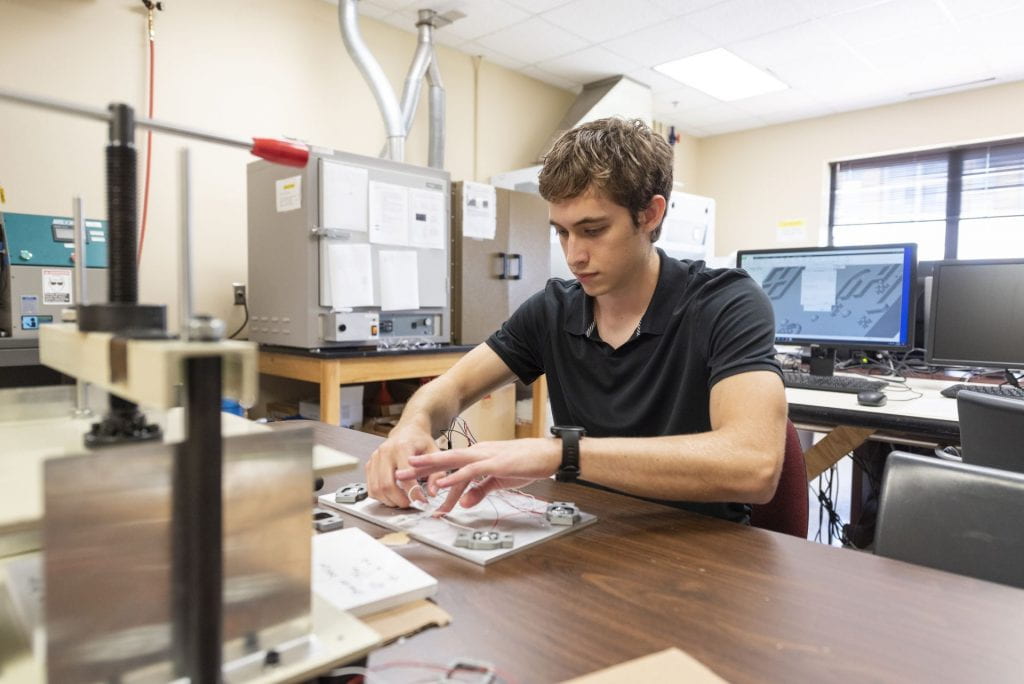
Micro hot embossing has a significant potential for the cost-effective medium level production of polymer microfluidic devices[1][2, 3]. It has been widely used to replicate polymer microchips, enabling a series of biochemical analyses for the diagnosis of diseases [2]. The replication fidelity of hot embossing depends on process parameters including mold surface temperatures, molding speeds, and embossing force but also both the size and location of the mold features [4]. For successful replication of the microdevices, the process parameters have to be chosen to ensure mold filling with the polymer melt. However, the selection of the proper process parameters requires complex, time-consuming iteration steps. Moreover, a variety of polymers including polymethyl methacrylate (PMMA), polycarbonate (PC), and cyclic olefin copolymer (COC), have been used in hot embossing. This increases the complexity of molding parameters.
The objective of this project is to develop simulation models which can help understand the flow behavior of the polymer melt for the filling of a microcavity while varying the mold temperature, molding speed, and embossing force. Another task is to perform molding experiments for the verification of the feasibility of the models. The scope of this study is as follows: (1) to design and fabricate a mold insert [97] for the replication of prototype polymer microdevices with microfluidic channels using micromachining; (2) to perform micro hot embossing to produce the microfluidic devices; (3) to construct computer-aided engineering (CAE) models for the parametric study of principal process parameters in molding filling; (4) to characterize the dimensions and locations of microfeatures on the molded parts; and (5) to verify the feasibility of CAE models through the analysis of the results of experiments and simulation.
Dr. You leads this project.
[1] M. Hashimoto, P. Chen, M. Mitchell, D. E. Nikitopoulos, S. Soper, and M. Murphy, “Rapid PCR in a continuous flow device,” Lab on a chip, vol. 4 6, pp. 638-45, 2004.
[2] B. H. You, P.-C. Chen, J. Guy, P. Datta, D. Nikitopoulos, S. Soper, et al., Passive Alignment Structures in Modular, Polymer Microfluidic Devices, 2006.
[3] L. Peng, Y. Deng, and X. Lai, “Micro hot embossing of thermoplastic polymers: A review,” Journal of Micromechanics and Microengineering, vol. 24, p. 013001, 01/04 2014.
[4] P.-C. Chen, D. Park, B. H. You, N. Kim, T. Park, S. Soper, et al., “Titer-plate formatted continuous flow thermal reactors: Design and performance of a nanoliter reactor,” Sensors and actuators. B, Chemical, vol. 149, pp. 291-300, 08/06 2010.